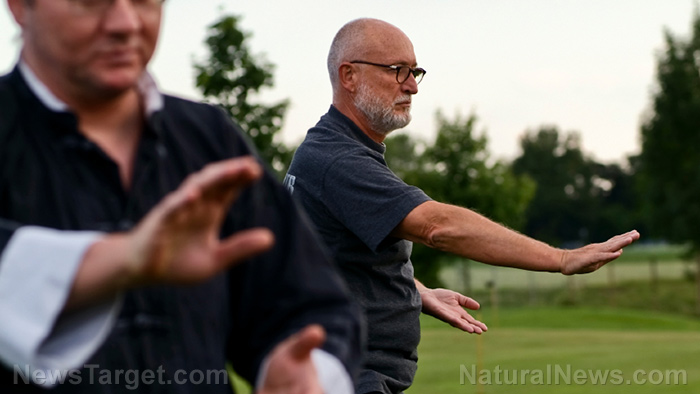Tai chi better than strength training and aerobics at preventing falls among seniors
11/27/2018 / By RJ Jhonson

Tai chi, an elegant Chinese exercise that uses slow and graceful movements, outperforms the combination of aerobics, strength training, and balance drills in preventing falls in older individuals, according to experts.
Aging is characterized by many changes in both a person’s body and mind. The senses become feebler and bodily coordination becomes less fine-tuned. Both the muscles and the bones become frailer, too. These changes not only limit the mobility of older people, but they also make seniors more prone to injury.
Indeed, while a fall may be no more than a minor mishap for younger people, it can be so much worse for seniors. It can result in broken bones and long-lasting pain. A fall can dramatically reduce quality of life, take away the independence of seniors, and may even make them more susceptible to premature death.
Regular exercise is one of the best ways to reduce the risk of falls and strengthen the body of seniors, making them more resistant to injury. Previously, it was thought that aerobics, strength training, and balance drills were the best workouts for seniors, but new findings report otherwise.
Tai chi is an ancient Chinese art form that combines meditation and slow, graceful movements and poses. It is reminiscent of martial arts, which is actually one of its applications, and dance. Unlike traditional exercises that are focused on forward and backward movements, tai chi encourages movement in all directions.
“The reality of how falls happen tends to be quite varied and a bit unpredictable. In tai chi, the movements are in these multiple planes,” explains Kerri Winters-Stone, a professor at the Oregon Health & Science University School of Nursing. “You’re moving your body outside of your center of gravity and then you’re pulling it back. There’s a lot of postural responses.”
The wide range of precise movements used
